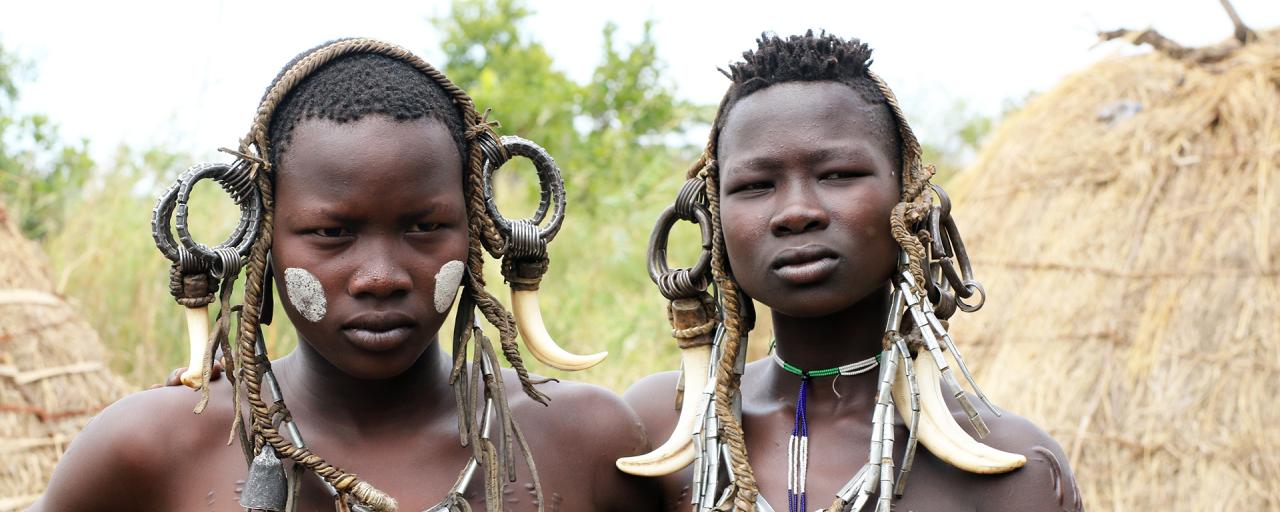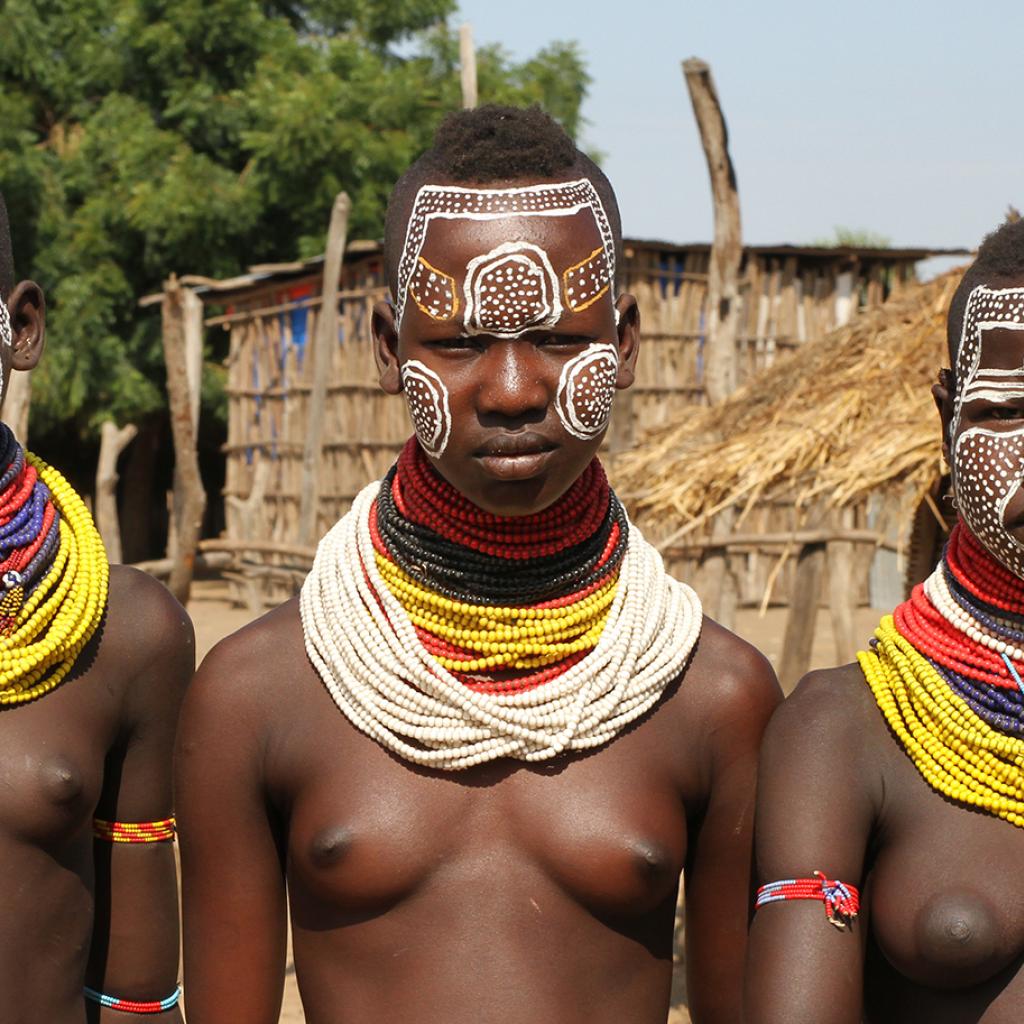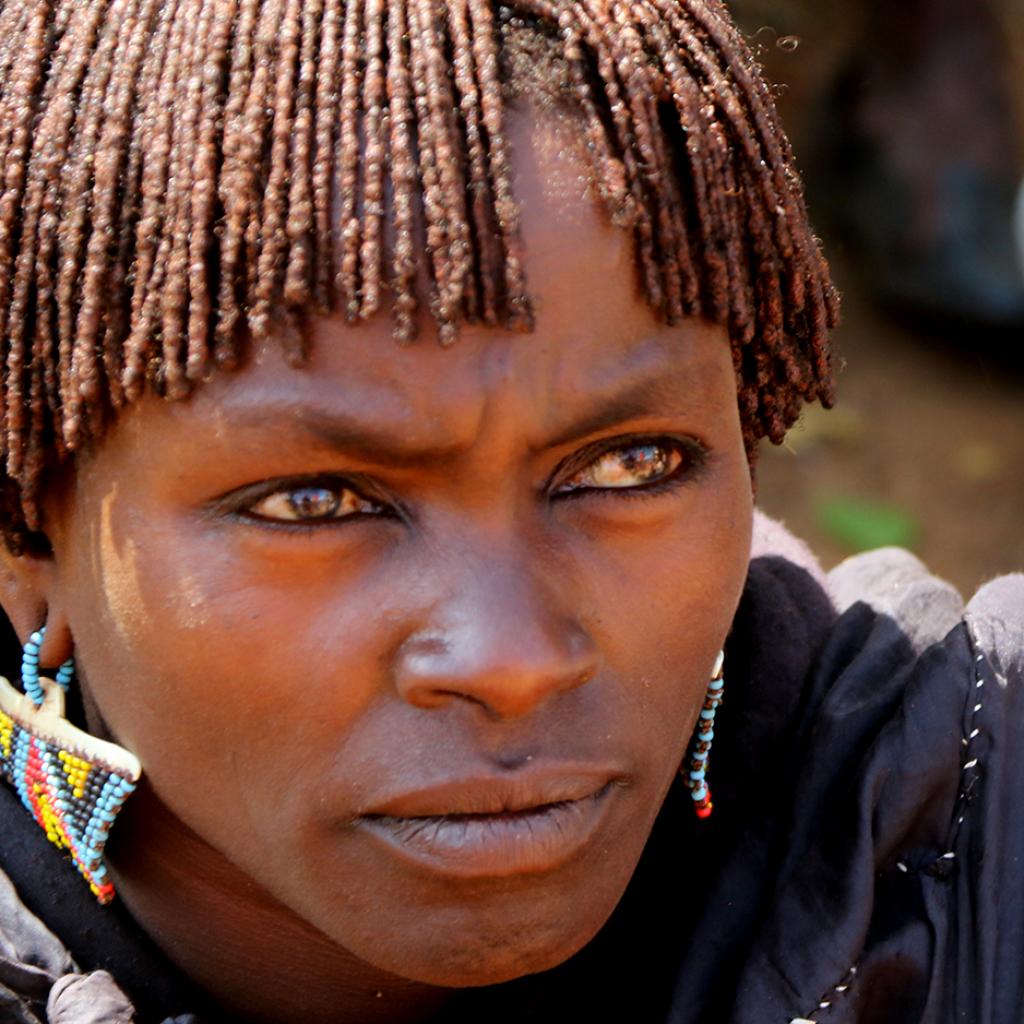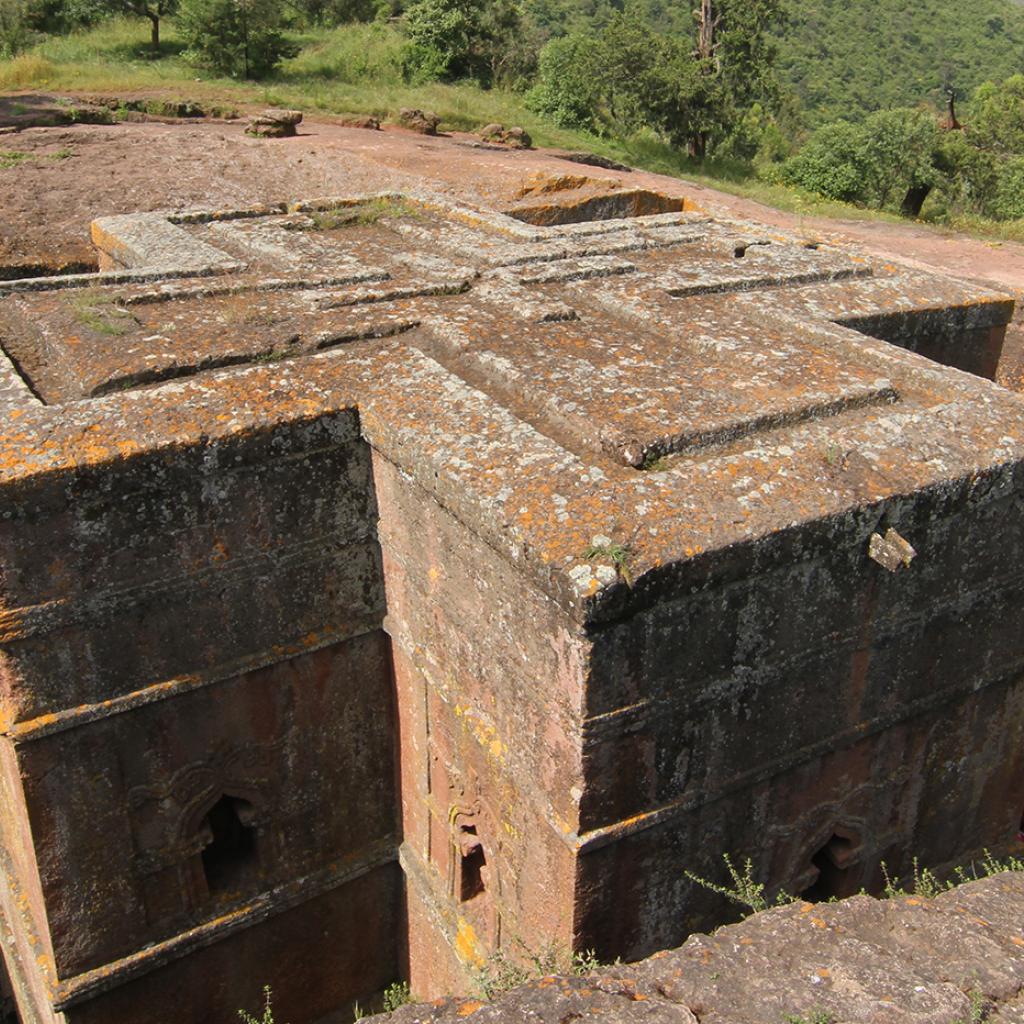Ethiopia is a country in East Africa and, together with Eritrea, Djibouti and Somalia, constitutes the Horn of Africa, the peninsula that juts out into the Indian Ocean and represents the Easternmost part of the entire African continent.
The country borders with Eritrea to the North, with Djibouti and Somalia to the East, with Sudan and South Sudan to the West and with Kenya to the South; Ethiopia is a landlocked country.
Ethiopia is the first country of the African continent to have become independent, in reality it has never really been colonized by the European colonial powers, except for the five years of Italian military occupation, that however did not affect the whole country but only some cities.
The country is one of the first places in the world where Christianity has spread, it seems that this religion was brought here in the fourth century.
One of the peculiar characteristics of the country is that its population is made up of over 80 different ethnic groups, who practice an incredible variety of ceremonies and traditions.
The official language of Ethiopia is Amharic, an ancient language of Semitic origin, but over 90 languages and dialects are spoken in the country, among which the most important are: Oromo, Somali, Tigrinya and Sidama.
The Ethiopian territory is dominated by two large plateaus: the Ethiopian plateau, in the Western part of the country, that is located at an altitude exceeding 1,500 meters above sea level and has some mountain ranges that, in some cases, even exceed 4,000 meters in height; the Somali plateau, in the Eastern part of the country, that is located at a lower altitude and gradually slopes towards the Indian Ocean, here there are large valleys.
The highlands have a generally much cooler climate than the rest of the country and other equatorial regions; the Rift Valley, that crosses the country from North to South, divides the two plateaus.
The rest of the country sees the presence of lowlands, savannahs, tropical forests and semi-desert areas, this great diversity of the Ethiopian territory gives rise to a great biodiversity and high temperature ranges between the different areas.
The lowest point of Ethiopia, 155 meters below sea level is in the Danakil Depression, this is one of the hottest places on the African continent and on the entire planet; the highest point is represented by the Ras Dascian peak that is located in the Semien Mountain Range and reaches 4,549 meters above sea level.
In Ethiopia there are several rivers, among which the most important are undoubtedly the Blue Nile that originates fro, Lake Tana in North-Western Ethiopia and the Omo River that flows in the South of the country, to end into Lake Turkana.
Lake Tana is the largest lake in the country, but in Ethiopia there are many lakes, some of which are salty or alkaline, particularly those found along the RIft Valley; the other most important lakes are Lake Abaya, Lake Chamo, Lake Hawassa and Lake Langano.
In Ethiopia there are 9 national parks and several nature reservesthat protect a large number of endemic species, in particular the Gelada baboon, the Siemen's ibex, the Swayne's hartebeest and the Ethiopian wolf.
In Ethiopia the Ethiopian calendaris in force and it is based on the old Coptic calendar and foresees 12 months of 30 days one and a month of 5 days, 6 in leap years; even the time is calculated from dawn and not from midnight so it is shifted by 7 hours.
Coffee was discovered centuries ago in Ethiopia and, even today, it is an integral part of the social and cultural life of the country; it is prepared following a real ceremony, during which the coffee beans are roasted over a fire, then they are ground and then mixed, sometimes with other spices, in a clay vase: the jebena.
The coffee powder is put in a coffee pot with hot water and, after a few minutes, it is poured into the cups and is ready to be consumed; the aroma is very intense and the consistency is quite dense, usually served with a small snack.
Ethiopian cuisine is very good and injera is the staple food that accompanies many dishes.
Injera is a kind of crepe or pancake prepared with teff, a cereal similar to wheat that grows in the Ethiopian highlands, the teff is crushed and reduced to flour, mixed with water and yeast and left to ferment for some days; women cook it on large and round clay cooking plates called mogogos, that are placed directly on the fire.
Iinjera is served with many dishes, sometimes they are placed over the injera; usually it is cooked or raw vegetables and spicy stewed meat; in Ethiopia you don't use cutlery but hands to eat, you tear off a piece of injera with which you collect some food and bring it to your mouth.





